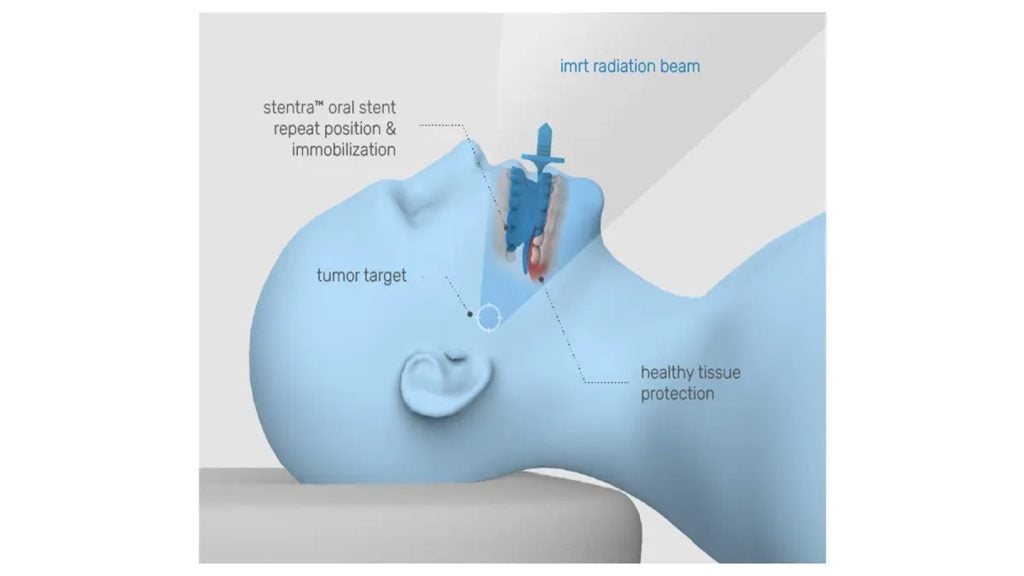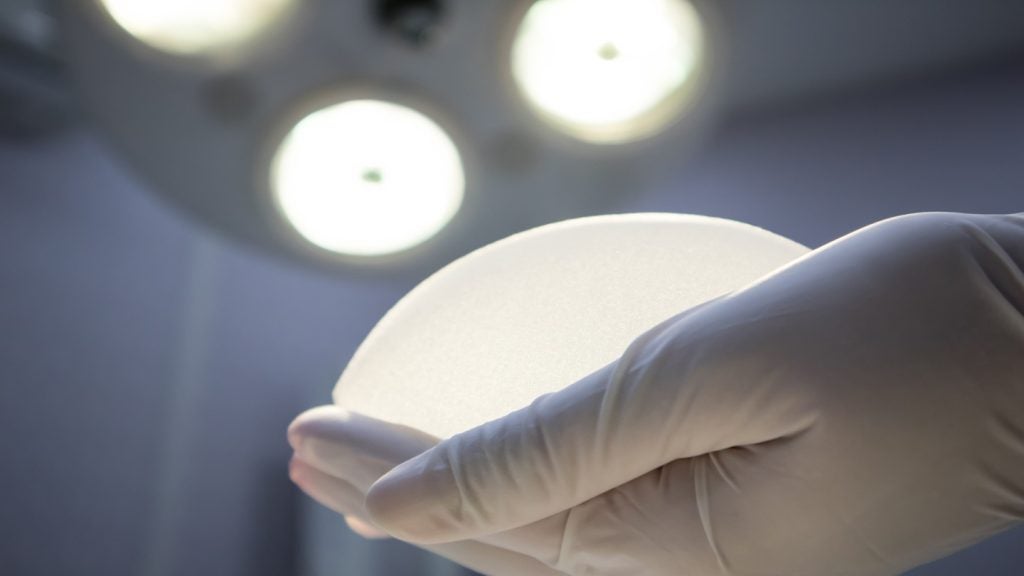A device currently in clinical trials for hydrocephalus could be used to deliver gene therapies to the central nervous system (CNS), according to its developer CereVasc.
Findings from a study in an ovine model, published in the journal Molecular Therapy, demonstrate that the eShunt device was able to deliver therapeutics to the brain in a safer approach compared to traditional methods.
The eShunt system comprises an endovascularly implantable cerebrospinal fluid (CSF) shunt and associated delivery componentry.
US-based CereVasc collaborated with researchers from the UMass Chan Medical School and Tufts Medical Center for the study.
The team tested the device’s delivery capabilities with an adeno-associated virus (AAV) – a standard gene therapy delivery vector. The vector was equipped with green fluorescent protein, allowing the researchers to track how well it travelled to cells.
The cerebellopontine angle (CPA) cistern at the base of the brain, a location accessible by the eShunt System, was used for the study.
Delivery at this location using the eShunt resulted in comparable rates of biodistribution of the vector compared to access via the cisterna magna, a traditional area of therapy injection. However, administration via the cisterna magna is risky in humans and can pose serious complications.
CPA administration resulted in virus population to the cerebral cortices, striatum, thalamus, midbrain, cerebellum, and spinal cord while having minor liver distribution compared with that for the cisterna magna method.
Researchers from the study suggest that the endovascular approach using CereVasc’s system "could offer a clinically safer and minimally invasive delivery system for CNS gene and cell-based therapies".
One of the biggest hurdles in treating brain diseases is the blood-brain barrier, which prevents many medications from crossing over into the organ’s tissue.
CereVasc’s CEO Dan Lavangie said: “Currently available methods for accomplishing this come with obstacles, including invasiveness, procedure-related complications, and limited effectiveness.”
Lavangie added that the company is “excited” about the promising results which suggest that the eShunt System delivery approach could provide biopharmas and biotechs in the cell and gene therapy space with a minimally invasive method for CNS targets.
In May, CereVasc raised $70m in a Series B financing round to advance both clinical and regulatory development of the eShunt system.
The technology is currently being evaluated in a pivotal trial (NCT05232838) to test its safety and effectiveness in treating hydrocephalus, a condition where the brain swells with fluid.
The company won an investigational device exemption (IDE) from the US Food and Drug Administration in July to conduct the study.















